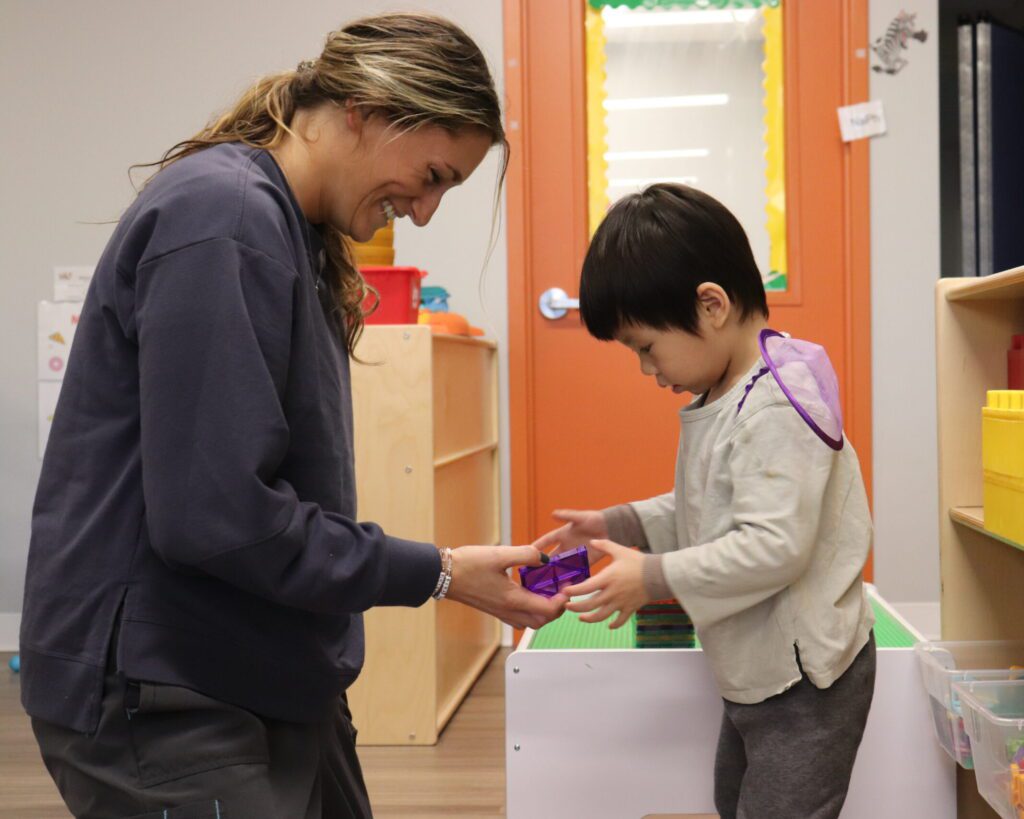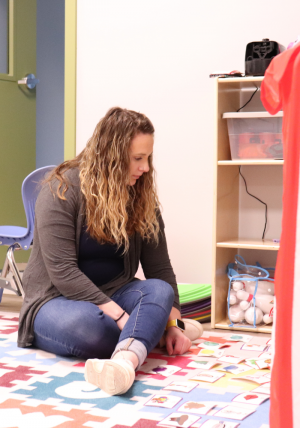Is ABA Therapy Harmful? Debunked.
In basic terms, the approach of Applied Behavior Analysis (ABA) therapy is to use behavioral techniques to reinforce positive behaviors and reduce harmful behaviors. ABA is commonly used as an early intervention to treat individuals with Autism Spectrum Disorder (ASD). Since one out of every forty-four children in the United States has been identified with autism according to Centers for Disease Control, ABA therapy has become a larger topic of discussion among the medical community. There are numerous studies that demonstrate the positive impact of Applied Behavior Analysis for children with autism, but there is still criticism towards the approach’s history as well. This leads to the key question, “Is ABA Therapy harmful?”
The Science Behind ABA Therapy

Applied Behavior Analysis (ABA) uses scientific principles to understand a child’s behavior by breaking down complex behaviors into smaller, measurable parts. The overall goal of this therapy approach is to improve a child’s quality of life by helping them reach new goals in behavioral, communication, motor, and social skills! ABA is centered around using positive reinforcement to increase desirable behaviors while decreasing problematic behaviors. Generally, ABA therapy is conducted in a one-on-one setting between a child working closely with a Registered Behavior Technician (RBT) but working in group settings is incorporated into ABA as well. Below are the basic general steps of ABA therapy.
1. Assessment
The first step in ABA therapy in Harrisburg, PA is conducting a thorough assessment of a child’s behavior and skill levels. The assessment is conducted by a Board Certified Behavior Analyst (BCBA), which may include direct observation of the child, interviews with caregivers, and standardized assessments.
2. Treatment planning
Based on the assessment, an individualized treatment plan is developed to support the needs of a child. This treatment plan outlines specific goals related to communication, socialization, and learning improvement , while reducing concerning behaviors.
3. Implementation
The implementation of ABA therapy in Chester, PA rests on two main pillars, teaching new skills and utilizing positive reinforcement. When teaching new skills, a therapist may incorporate prompting, shaping, and chaining techniques. The ABA clinical team will also demonstrate these teaching techniques to all caregivers for use beyond the clinic setting. Positive reinforcement is used to increase desirable behaviors, through techniques such as praise, tokens, or other tangible rewards. Through the reinforcement, a child will learn and retain skills to strengthen functional communication, bolster social interaction, and improve the ability to focus.
4. Data collection
The ongoing collection of data drives ABA therapy, because it helps measures progress toward a child’s individualized goals. Throughout the therapy sessions, RBTs collect data on the individual’s behavior. A BCBA analyzes the data to determine the effectiveness of the treatment plan.
5. Adjustment
Based on the data collected, the treatment plan may be modified to ensure a child is progressing towards their goals. The BCBA may adapt the teaching techniques or even modify the goals themselves to better fit a child’s needs.
Is ABA Therapy Good or Bad?
Even though ABA Therapy is an evidence-based treatment endorsed by the US Surgeon General and American Psychological Association, there is still some criticism surrounding the approach. Much of the debate surrounding ABA is due to outdated criticisms of the therapy or not having complete information or experience on the present-day approach. Below are some of the commonly raised critiques of ABA Therapy.
- ABA therapy is overly focused on compliance and obedience through repetitive or impersonal exercises, which may mitigate self-determination in children. This criticism is outdated, because most therapists are instructed to make sessions engaging, fun and meaningful! This holds true to the Helping Hands Family clinical teams, who focus on the play-based, child-led approach to ABA by dedicating substantial time to planning both appealing individual therapy sessions and exciting group activities. All our clinical staff are also trained in appropriate techniques for children and follow all ethical guidelines.
- ABA therapy focuses on eliminating unwanted behaviors by using negative consequences or punishments. While ABA Therapy does aim to decrease problematic behaviors, it is based on rewarding positive behavior, which is a successful strategy used in classrooms every day. Rewarding ensures that a child’s positive behaviors will be repeated and over time will occur more naturally. At HHF, our clinical teams find motivators for each child and use those to reinforce desirable behaviors, goal accomplishment, and successful learning, which could take the form of stickers, tokens, treats, praise and social interaction, or a desired toy!
- The goal of ABA therapy is to change autistic individuals by taking away their unique personalities and to force them to fit into with a non-autistic society. The ABA approach is focused on behavioral change to help children reach their greater potential in communication, socialization and to enable independence. There are no objectives to change any child’s way of thought or manipulate their feelings. The Helping Hands Family celebrates all children’s unique personalities, which is done right from the start with an assessment that is utilized to develop a personalized treatment plan for each child.
- ABA therapy is a grueling and endless treatment approach. Since ABA is child-led and play based, the therapy is very approachable. Many children that attend Helping Hands Family ABA therapy sessions enjoy the time, because it involves interactive activities, play time, fun games, and engaging lessons conducted by the RBTs. The length of ABA therapy can vary based on each child’s needs and goals. Some individuals may only require a few months of therapy, while others may need several years. ABA therapy is generally considered a time-limited treatment approach, with the goal of equipping individuals with the skills they need to function independently.
Moving Forward with ABA Therapy
While it is always right to do research on any treatment you or your family may start, many of the criticisms of ABA are no longer relevant due to the evolution of the ABA approach. In the end, the decision to choose ABA therapy for a child with autism should be made on a case-by-case basis by the family and child’s medical professionals.
Helping Hands Family leans on the play-based element of ABA, because kids learn better while having fun! The goal of our approach is to always help children reach their highest potential in both an enjoyable and meaningful way. If you want to learn more, don’t hesitate to contact us today, because early intervention is one of the keys to success in ABA therapy!

LEARN MORE ABOUT ABA THERAPY TODAY!
Our Care Coordination Team can provide you with information about ABA Therapy to see if it is a fit for your family.





